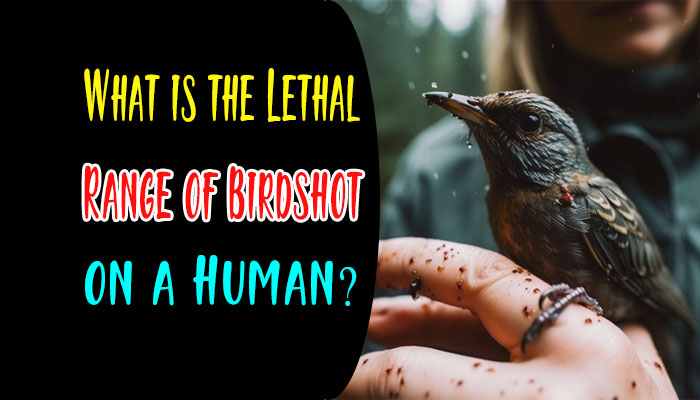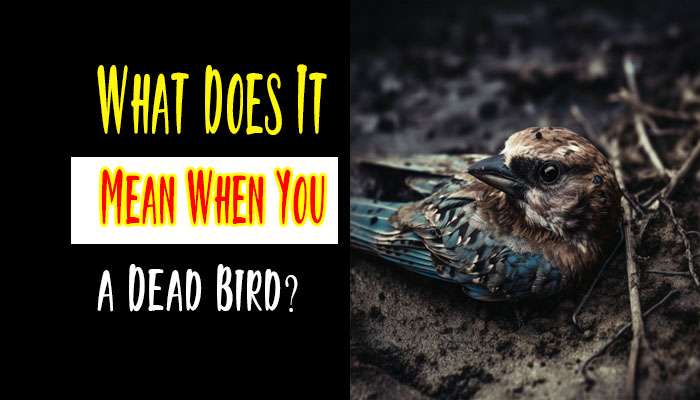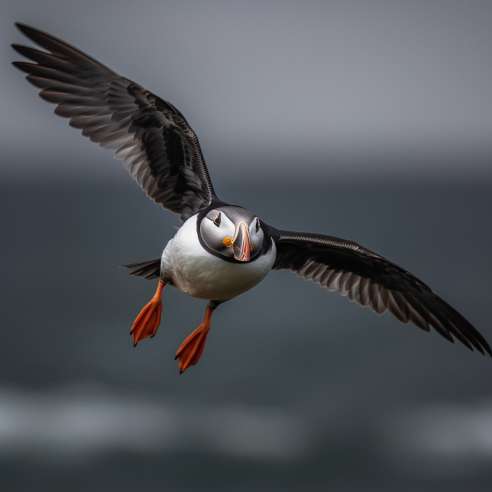Creating a Bird-Friendly Garden: Tips and Tricks
Gardening is a delightful hobby, and when done right, it can also be an opportunity to contribute positively to the environment and wildlife. One way to do so is by creating a bird-friendly garden. By designing your garden to cater to the needs of our feathered friends, you can attract a diverse array of birds and provide them with a safe haven.
This article will guide you through the process of creating a bird-friendly garden, offering tips and tricks to make your outdoor space a haven for these delightful creatures.
Understanding the Importance of Bird-Friendly Gardens
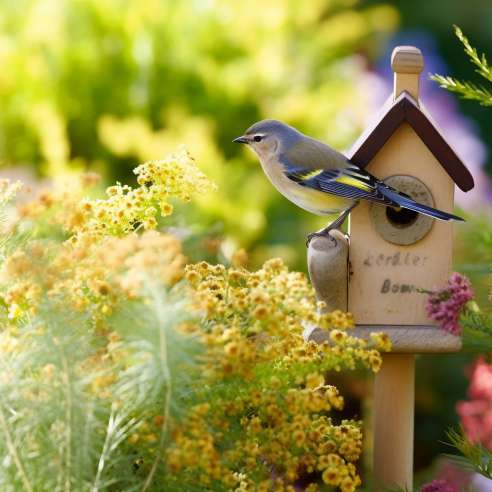
Before delving into the specifics, it’s crucial to understand why bird-friendly gardens are essential. Besides adding beauty and life to your surroundings, these gardens play a crucial role in supporting local ecosystems.
Benefits of Bird-Friendly Gardens
Birds play an integral role in the ecosystem by helping with pollination and insect control. By creating a bird-friendly garden, you can encourage the presence of these avian allies, which in turn can lead to a healthier and more balanced ecosystem.
How To Create a Bird-Friendly Garden?
Creating a bird-friendly garden is a wonderful way to attract and support a diverse range of bird species. By providing them with food, water, shelter, and a safe environment, you can encourage birds to visit and even make your garden their home. Here are some steps to help you create a bird-friendly garden:
1. Choose Native Plants
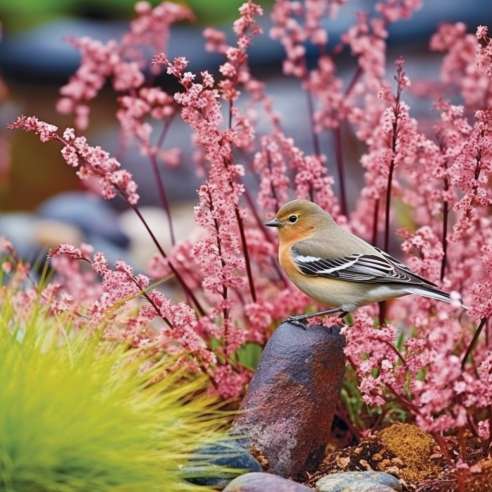
One of the most important steps in creating a bird-friendly garden is to choose native plants. Native plants have evolved alongside local bird species, providing them with familiar food sources, shelter, and nesting sites. Incorporating a diverse range of native trees, shrubs, and flowers in your garden will attract a wider array of bird species.
2. Provide a Variety of Food Sources
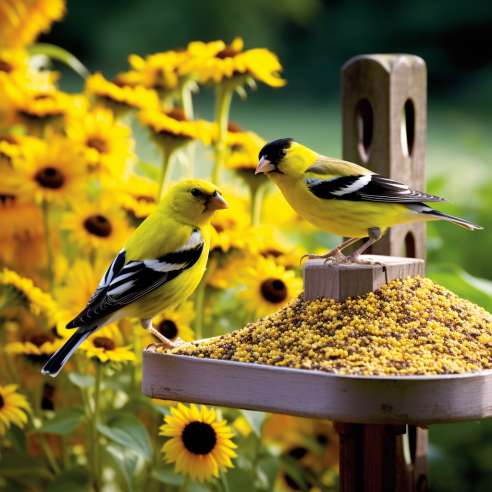
Birds have different dietary preferences, so it’s crucial to provide a variety of food sources in your garden. Plant flowering plants produce nectar to attract hummingbirds and include seed-producing plants like sunflowers and coneflowers to cater to finches and sparrows. Additionally, consider installing bird feeders and offering different types of bird seed to accommodate various bird species.
3. Offer Fresh Water
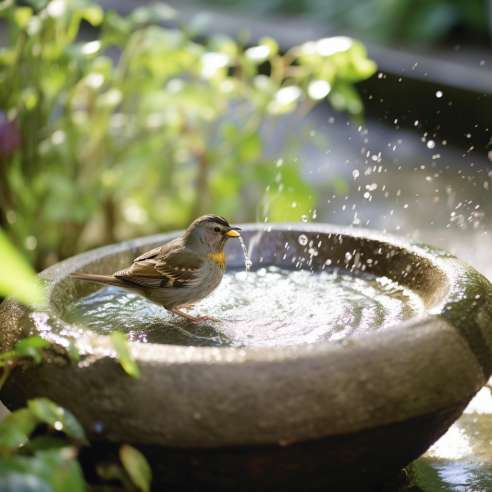
Water is essential for birds, both for drinking and bathing. Incorporate a birdbath or shallow water feature in your garden to provide a freshwater source. Make sure to clean and refill it regularly to maintain hygiene. Adding a small fountain or dripper can also attract birds with the sound of running water, increasing its appeal.
4. Create Sheltered Spaces
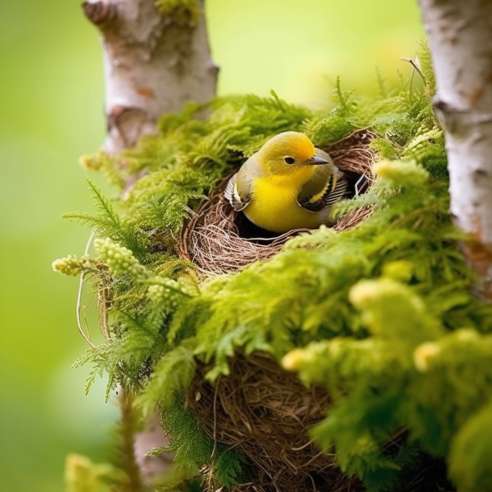
Birds need sheltered spaces to rest, hide from predators, and build their nests. Planting dense shrubs and evergreen trees and creating brush piles will provide birds with safe havens. Avoid using pesticides and herbicides in your garden, as they can harm birds directly or indirectly by contaminating their food sources.
5. Incorporate Nesting Opportunities
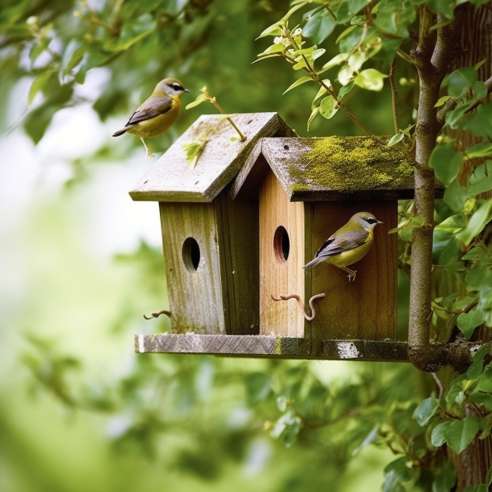
Offer nesting opportunities to encourage birds to stay and raise their young in your garden. Install birdhouses of various sizes and designs to accommodate different bird species. Research the nesting preferences of the birds in your area to ensure you provide suitable options.
6. Avoid Window Collisions
To prevent birds from colliding with windows, consider using window decals or placing visual deterrents like hanging ribbons or hawk silhouettes. Positioning bird feeders and baths either closer than three feet or further than 30 feet from windows can also reduce the chances of collisions.
7. Limit the Use of Pesticides
Pesticides can have detrimental effects on birds and the overall ecosystem. Instead of relying on harmful chemicals, explore organic and natural pest control methods. Encouraging natural predators like ladybugs, lacewings, and birds themselves can help keep pest populations in check.
8. Provide Nesting Materials

Birds require nesting materials such as twigs, grass, and feathers to build sturdy nests. Leave out natural materials in your garden, such as small piles of twigs or a designated area with loose nesting materials. This will attract birds and provide them with the necessary resources to construct their nests.
9. Maintain Year-Round Interest
To make your garden appealing to birds throughout the year, include a combination of plants that provide food, shelter, and nesting opportunities in different seasons. Choose a mix of species that flower and fruit at different times, ensuring a continuous supply of resources for the birds.
10. Be Patient and Observant
Creating a bird-friendly garden takes time and patience. Birds may not immediately flock to your garden, but with consistent efforts and the right conditions, you will start to attract them. Observe the behavior of the birds that visit your garden, and adapt your gardening practices accordingly to better cater to their needs.
FAQs
What are the benefits of having a bird-friendly garden?
Bird-friendly gardens support local ecosystems, aid in pollination, and help control insect populations naturally.
What plants attract birds to the garden?
Native plants and those that produce berries, fruits, and nectar are attractive to birds.
How can I provide water for birds in my garden?
Birdbaths and small water features are excellent options for providing water to birds.
Are birdhouses necessary for a bird-friendly garden?
Birdhouses provide nesting areas, which are essential for attracting nesting birds.
How can I attract specific bird species to my garden?
Research the preferences and habits of the bird species you want to attract and adjust your garden accordingly.
Conclusion
Creating a bird-friendly garden is a rewarding endeavor that not only brings beauty and tranquility to your outdoor space but also helps support local bird populations and ecosystems. By following the tips and tricks outlined in this article, you can turn your garden into a haven for birds, attracting a diverse range of species throughout the year.
